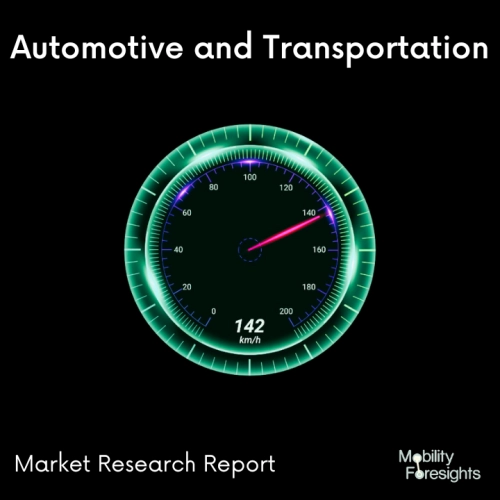
- Get in Touch with Us

Last Updated: Apr 25, 2025 | Study Period: 2023-2030
An EV is a shortened acronym for an electric vehicle. EVs are vehicles that are either partially or fully powered on electric power.
Electric vehicles have low running costs as they have less moving parts for maintaining and also very environmentally friendly as they use little or no fossil fuels (petrol or diesel).HV connectors are an essential component of electric vehicles.
This article discusses the development history, technical features, and product testing of high-voltage connections.The development history of HV connectors.
The development of HV connectors goes hand in hand with the development of electric vehicles.The 1st generation of high-voltage connectors mainly evolved from industrial connectors. The housing of this generation is metal.
It does not have a HVIL function.The 1st generation of high-voltage connectors, a more representative product, is the Amphenol HV series of metal connectors.
The 2nd generation of HV connectors added a HVIL function based on the 1st generation.And the connector housing has also been changed from metal to plastic. The 3rd generation HV connectors have shielding and HVIL functions.Among them, the 800 series products are more famous.

Global EV PBT high voltage connector market accounted for $XX Billion in 2022 and is anticipated to reach $XX Billion by 2030, registering a CAGR of XX% from 2023 to 2030.
Crastin resins for EV/HEV connectors offer long-term reliability and strong mechanical propertiesCrastin FR684NH1 OR162 and Crastin HR5330HFS OR516 both offer best-in-class Comparative Tracking Index (CTI) performance of 600V for these demanding parts.
They also provide increased productivity and long-term reliability. Crastin FR684NH1 OR162 â 25% glass-reinforced, flame-retardant, non-halogenated, high-flow PBT in laser markable orange â benefits include:⢠Long-term reliability â component and orange colour stability at elevated temperatures.
Increased safety â stable dielectric strength over temperature and meets UL-94 V0 flame-retardance standard. Miniaturisation â enabled bymaximum CTI (600V) .
Complex shapes â high-flow capability allowing thinner walls, design flexibility, and size reduction (miniaturisation). Design flexibility â demonstrates high elongation at break and good balance of mechanical properties.
Increased productivity of fully-compounded orange components made possible by robust processing with minimum outgassing and corrosion through wider processing window versus competitive non-halogenated, flame-retardant PBT resins Easy part traceability â UV laser marking (355nm)New Grades of Crastin for High-Voltage Electric and Hybrid-Electric Vehicle Connectors Sell SheetFully-colour-compounded, UV laser-marking-enabled Crastingrades meet requirements for high-voltage EV/HEV connector applicationsCrastinFR684NH1 OR162 / BK591 / NC010
| Sl no | Topic |
| 1 | Market Segmentation |
| 2 | Scope of the report |
| 3 | Abbreviations |
| 4 | Research Methodology |
| 5 | Executive Summary |
| 6 | Introduction |
| 7 | Insights from Industry stakeholders |
| 8 | Cost breakdown of Product by sub-components and average profit margin |
| 9 | Disruptive innovation in the Industry |
| 10 | Technology trends in the Industry |
| 11 | Consumer trends in the industry |
| 12 | Recent Production Milestones |
| 13 | Component Manufacturing in US, EU and China |
| 14 | COVID-19 impact on overall market |
| 15 | COVID-19 impact on Production of components |
| 16 | COVID-19 impact on Point of sale |
| 17 | Market Segmentation, Dynamics and Forecast by Geography, 2023-2030 |
| 18 | Market Segmentation, Dynamics and Forecast by Product Type, 2023-2030 |
| 19 | Market Segmentation, Dynamics and Forecast by Application, 2023-2030 |
| 20 | Market Segmentation, Dynamics and Forecast by End use, 2023-2030 |
| 21 | Product installation rate by OEM, 2023 |
| 22 | Incline/Decline in Average B-2-B selling price in past 5 years |
| 23 | Competition from substitute products |
| 24 | Gross margin and average profitability of suppliers |
| 25 | New product development in past 12 months |
| 26 | M&A in past 12 months |
| 27 | Growth strategy of leading players |
| 28 | Market share of vendors, 2023 |
| 29 | Company Profiles |
| 30 | Unmet needs and opportunity for new suppliers |
| 31 | Conclusion |
| 32 | Appendix |